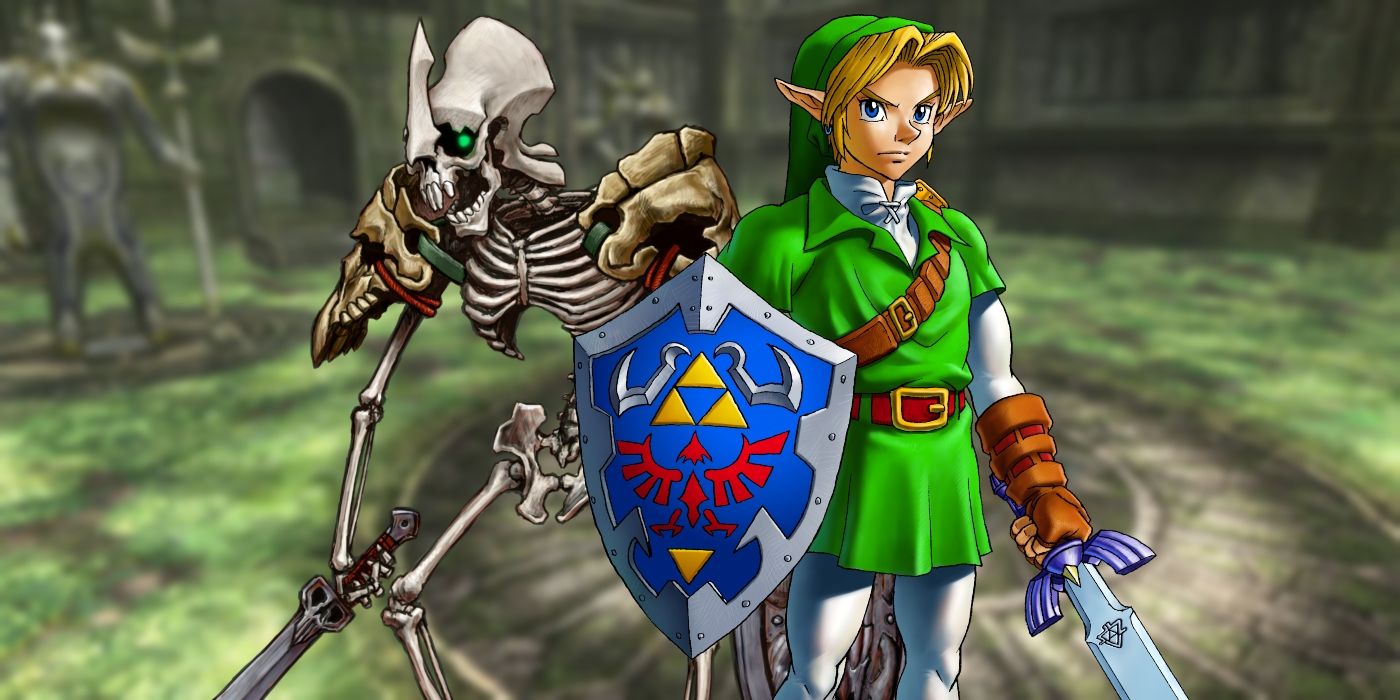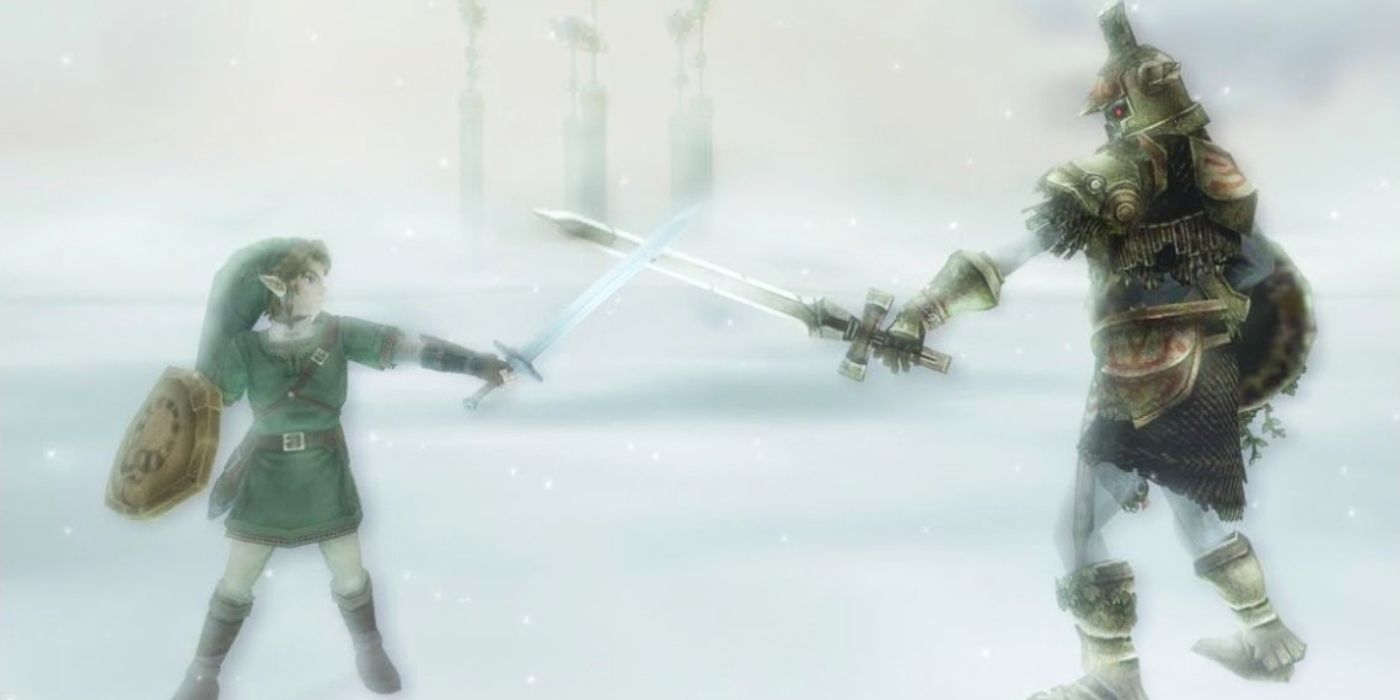Ocarina of Time left a lasting impact on the Zelda series' design, but also its lore, and that's most clear in The Legend of Zelda: Twilight Princess. Along with the other GameCube-era Zelda, The Wind Waker, Twilight Princess' story has direct ties to Ocarina of Time, including the undead reappearance of that game's Link, also known as the Hero of Time.
Despite having plots that seem like cyclical retellings of the same Link-versus-Ganon story, all Zelda games are interconnected via the complicated Zelda series timeline. No game is more integral to this timeline than Ocarina of Time. Based on the game's ending, the series' continuity was split into three separate timeline branches: the "Fallen Hero" branch, the "Child" branch, and the "Adult" branch.
Twilight Princess takes place in the Child timeline, which tells the story of a reality in which Ocarina of Time's Link returned to his childhood after defeating Ganondorf. In this reality, Ganon never rose to power, and so Link was not recognized for the heroism he carried out in the future (Adult) reality. Years later, another Link - imbued with the "blood of the hero," just as the Hero of Time was - embarks on a quest to defeat that same Ganondorf from Ocarina, who had reemerged from his imprisonment in the Twilight Realm.
Twilight Princess: The Hero's Shade's Identity, Explained
Seeing the potential in Twilight Princess' Link, a mysterious, skeletal warrior called the Hero's Shade appears to teach the boy special sword techniques only those of the hero's bloodline can master. This implies that the Shade was once a previous game's Link, and characters like the Light Spirits refer to the Shade as "the legendary hero." Upon teaching Twilight Princess' Link his final technique and passing on to the afterlife, the Shade explains he regretted that he was not able to pass on what he learned as a hero to future generations, which led to his ghostly form becoming trapped in the living world.
In the 2013 Zelda guidebook, Hyrule Historia, Nintendo confirmed the Hero's Shade was indeed the ghost of the Hero of Time. According to the book (via the Gamepedia Zelda Wiki), the Hero of Time "lamented the fact that he was not remembered as a hero," and so he taught Link the sword techniques as a "proof of his courage." He had gone on to save the land of Termina in Majora's Mask, but this apparently wasn't enough, so the Hero of Time was kept in the mortal realm after death because of the pain of not being remembered.
It's shocking enough to see the plucky, colorful Ocarina of Time Link in Twilight Princess, transformed into a sad, undead warrior. But one popular fan theory suggests the Hero of Time's story is even darker than it seems. It's said in Ocarina of Time that any non-Kokiri adult who tries to navigate the Lost Woods will become a Stalfos, the Zelda series' skeleton-like enemies. Since Navi - the fairy who signified the Hylian hero as a Kokiri - left Link at the end of Ocarina of Time, the Hero of Time would no longer be able to make it safely through the Lost Woods. The assumption, then, is that the Hero of Time desperately wanted to return to his childhood home in Kokiri Forest after being unsatisfied with his Child-timeline life, so he unsuccessfully attempted to brave the Lost Woods without a fairy, meeting his fate and becoming twisted into his final, skeletal form.
The Legend of Zelda: Twilight Princess released for the Wii on November 19, 2006, for the GameCube on December 2, 2006, and in HD for the Wii U on March 4, 2016.


